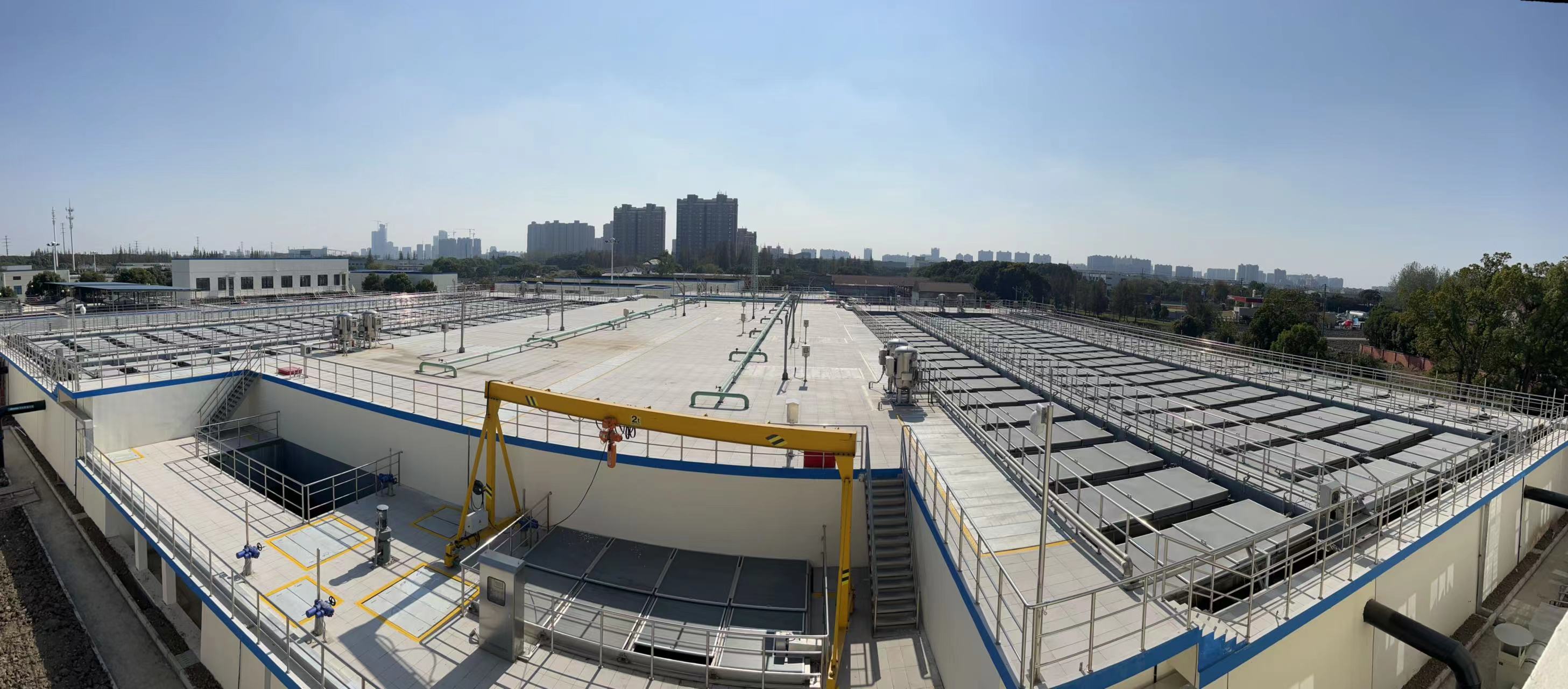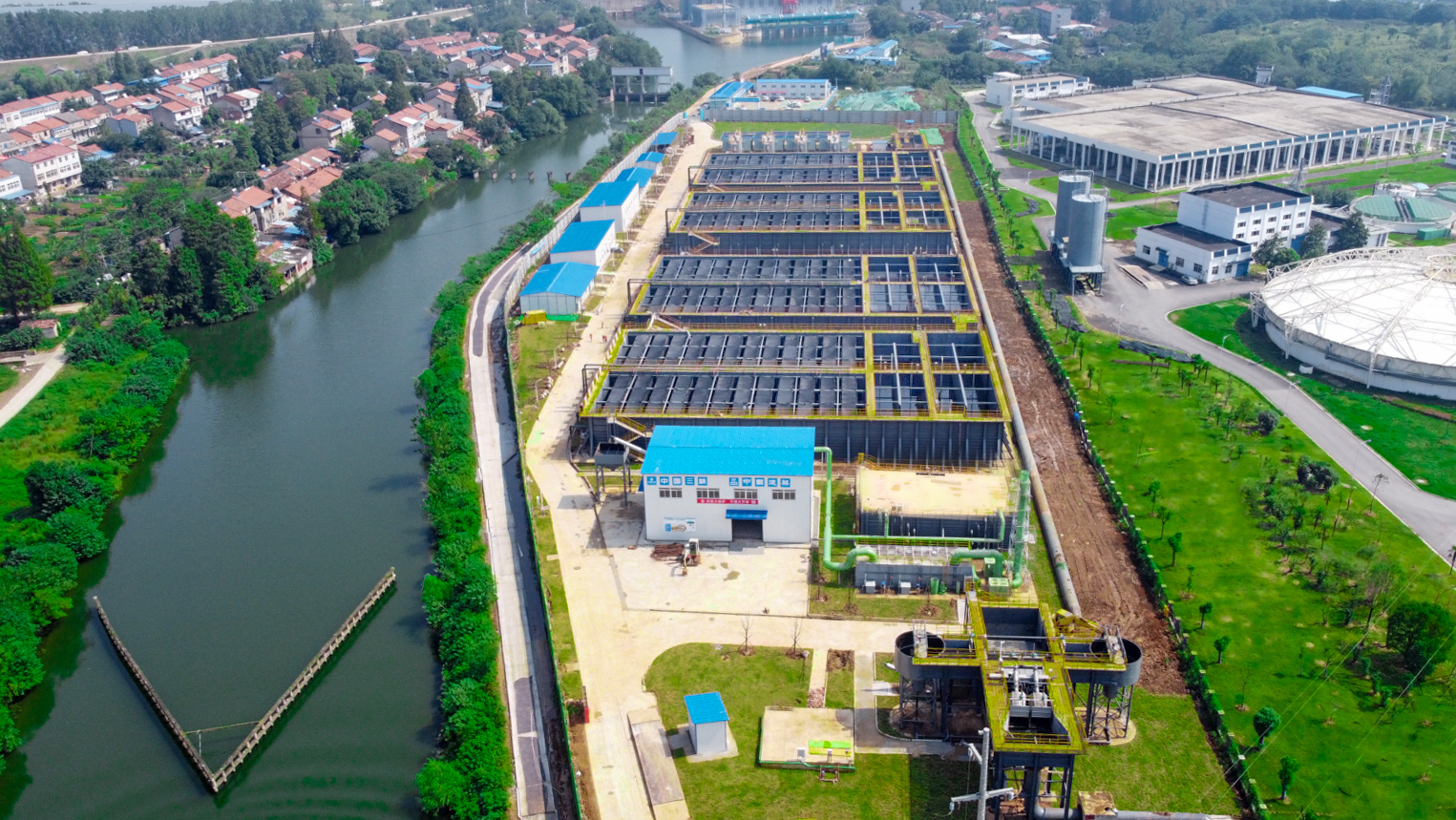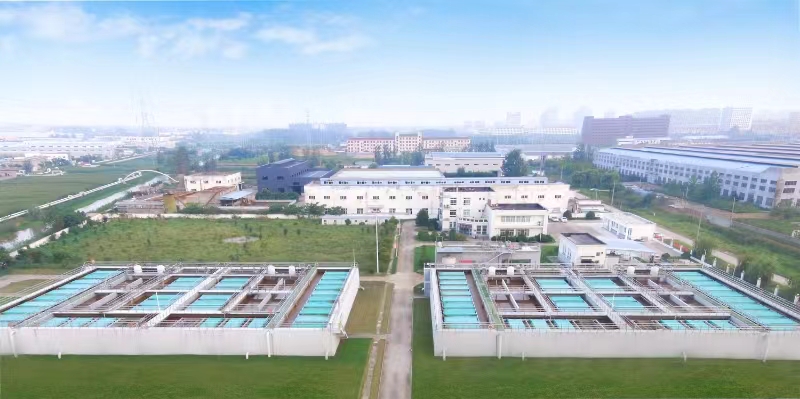Conundrum of Sewage Treatment in Bustling Urban Areas:the RPIR Highly Efficient, Space-Saving Sewage Treatment Plants
Ever pondered over the conundrum of sewage treatment in bustling urban areas? It's a significant challenge, indeed. Amidst the skyscrapers and bustling streets, there lies an unseen world of waste management that requires swift and efficient solutions.

In the heart of Dongguan, China, this challenge was met head-on with the implementation of an ingenious project. Picture this; a piece of land, no more than twelve hundred square meters, situated along a river. The task? To establish a new sewage treatment plant capable of handling five thousand tons of sewage per day. The catch? It had to meet the national first-class A standard for effluent quality and it had to be done in a short period of time.

Engineers embarked on a journey to devise an innovative solution. The answer came in the form of the main biochemical process, known as the RPIR module. This system cleverly eliminated the need for a secondary sedimentation tank. It vertically superimposed functional areas such as anoxic reaction, aerobic reaction, and mud-water separation in the AAO process. Remarkably, the entire biochemical process took up only 0.068 square meters per ton of water, with no external sludge return system required.
The result? A highly efficient, space-saving sewage treatment plant. The energy consumption was remarkably low, and the effluent reached the level of the national Class A standard. The project was so successful that it was chosen as the 'Typical Technologies and Cases for the Construction of the Guangdong-Hong Kong-Macao Green Greater Bay Area' and the '2021 Key Environmental Protection Demonstration Project'.

This monumental achievement in Dongguan is a testament to the power of innovative solutions in the face of environmental challenges. It exemplifies the potential for cost-effective, low-energy, and space-saving sewage treatment plants in urban areas.The main takeaways from the Dongguan project are clear: impressive results can be achieved with simple operation and maintenance, low investment, and a short construction period. The benefits of such a system are far-reaching, from the immediate improvement of local water quality to the broader impacts on urban health and sustainability.
As we move forward, the need for such innovative technologies and governance models continues to grow. Models that are less land-intensive, more ecological, and cost-effective will pave the way for a greener future. These advancements will not only drive the industry to greater heights but will also imbue our cities with a greener ecological style.
The challenge of urban sewage treatment is indeed daunting, but as the Dongguan project has shown, it is far from insurmountable. It's a beacon of hope and a testament to the power of innovation in creating sustainable urban environments.
 LOADING...
LOADING...
 DATE:2024年03月22日
DATE:2024年03月22日


